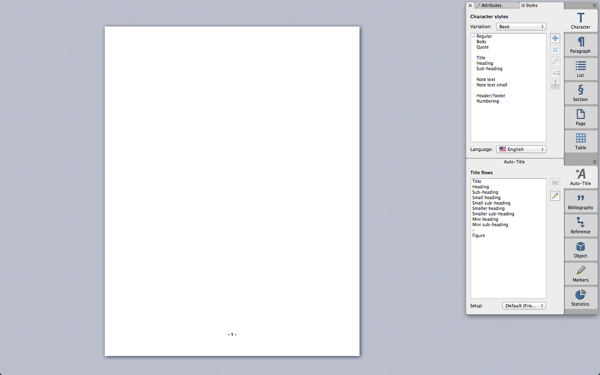How would you explain to a public audience the importance of interdisciplinary research?
A few years ago, there was a competition of sorts (I don’t remember the details) where the brief was to write 500 words or less on the importance of interdisciplinary research, aimed at a “public audience”. My submission didn’t qualify for final selection, but here it is anyway. :)
Research, development and innovation plays a crucial role in human life. Not only technological and scientific advancements, but the study of the human condition, our societies, our art and culture, and what it is that makes us who we are—it all involves research, and it is all indispensable. From what makes us happy and sad, frustrated or psychotic, to how we can mimic the gecko’s foot, our research is what defines us.
The thing about education and learning is (and this becomes more applicable with more specialized training) that we tend to focus on narrow areas to become experts in. There is no other way—it is quite rare for an individual to be able to master and be experienced in diverse fields. The problem, of course, is that reality is not divided into specializations and ‘majors’, and areas of expertise.
Consider an example: designing an automobile. Does it only involve the aesthetics of how it looks? Certainly not. The designer has to consider the materials that will build the vehicle, and how strong it needs to be. More, there’s also the thought of minimizing air resistance as the vehicle speeds down the road. Even the most elementary consideration leads us in this case to the artist, the structural engineer, and the aerodynamicist. These are diverse areas of expertise, coming together to create a beautiful and functional automobile.
Consider again the psychologist who wants to improve how people manage their life’s problems. She has certain new ideas, and wants to test them out in a variety of conditions, with a variety of individuals. She makes full use of her expertise in psychology, but in addition, she must now extensively use statistics, so see if her results are meaningful! Once again, real life finds a way to bring together two completely different areas of specialization.
The best and the most productive and beneficial research has to be interdisciplinary. This has the benefit of involving individuals who are specialists in their areas, who can bring insight to a problem that no one specialist can contribute. More, the nature of a problem in one area often benefits from knowing how a similar problem is solved in another area. Most importantly, interdisciplinary research means a new body of knowledge in one field can be extended for use in another area—a benefit that wasn’t originally anticipated while doing the research.
Recently, a NASA effort to improve how jet fuels mix inside rockets when burning had an unintended consequence: the technology was used to improve firefighting equipment. Where the old system needed a few men, 220 gallons of water, and 1min 45seconds to control a fire, the new system did it in 17seconds, using 13.6 gallons of water and one fireman.
This is why research must be interdisciplinary—because you never know how the next rocket technology can save lives quicker in a fire, and conserve precious water while doing it.

